Video Interview: Australian Mobile Photographer Misho Baranovic
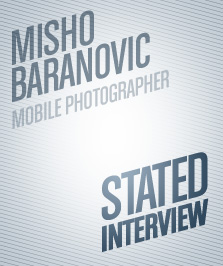 |
||||||||
|
Interview: Australian Mobile Photographer Misho Baranovic By Thomas V. Hartmann, Photography Editor & Contributor We’ve been snapping pix with our cell phones for well over a decade now, however as a genre, cell phone photography (or mobile photography as its practitioners now prefer to call it) is only about as old as the Apple iPhone, which in June 2007 was the first device to combine a camera worthy of the name with functionality (via now familiar “apps”) that enabled users to post-process their photos on the spot before sharing or publishing them to the Web. It was this ability, and what he describes as the liberating feeling that comes from capturing an image and immediately “letting it go”—which is to say before one has the chance to over-think composition, saturation, or other elements as often happens in the analog and digital darkrooms—that Australian photographer Misho Baranovic found most seductive about iPhoneography and that motivated him to keep taking pictures at a time when he had actually considered giving up photography altogether. Now, barely three years later, Baranovic’s iPhone photographs have earned him international recognition and he is widely regarded as one of the most accomplished members of the global mobile photography movement. Baranovic’s most recent photographs are particularly striking. With richly saturated colors, deep shadows, and beautifully lit subjects (often individuals isolated amidst the bustle of the city), they recall the color work of Harry Callahan or the NYC street photography of Joel Meyerowitz. In 2011, Baranovic formed the Mobile Photo Group (MPG) with 10 fellow photographers including AikBeng Chia, Anton Kawasaki, Benedicte Guillon, and Sion Fullana. In addition to generally promoting the activity of its members, MPG seeks to advance the view of mobile photography as “an important and evolving form of photography.” Certainly Baranovic and his MPG colleagues demonstrate that iPhones and rival devices are formidable photographic tools that in the right hands can produce images worthy of consideration alongside any contemporary photography, whatever the format. Baranovic joined me recently from his home in Melbourne via Skype. We talked about the evolution of his work, his thoughts on “big cameras,” the collaborative nature of the global mobile photography community, and more. |
||||||||
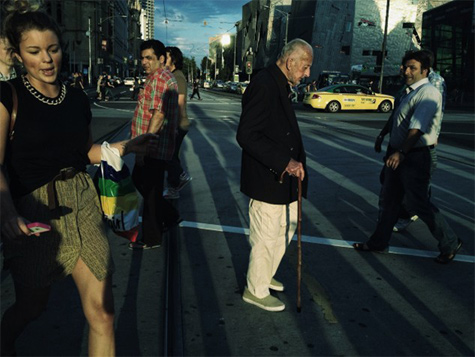 |
||||||||
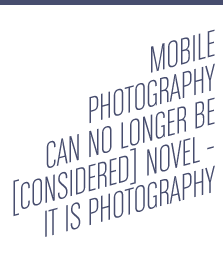 |
|
|||||||
|
stated: Tell us about your photography before you started making pictures with your iPhone MISHO BARANOVIC: I’ve been taking photos for a long time, jumping from stints as a freelance photographer, shooting anything and everything, including greasy burgers, greasy models, and even toilet paper. For a number of years I was unable to shoot what I wanted. There were times is 2008/09 where I pretty much stopped shooting altogether. stated: Your Tumblr page bears the subtitle: “New Australian iPhoneography.” Are you primarily an iPhoneographer these days, and to what extent is it important for you to identify this way? To put it another way, to what extent is it important to you to emphasize that you are making photographs with a mobile phone? MISHO BARANOVIC: Funnily enough, I recently tweaked the blog subtitle from “iPhoneography” to “Mobile Photography,” which is becoming the common term for photography taken on a cell phone. I emphasize the device because it has changed the way I shoot. I used to over-think, taking too long to shoot and process, which meant that the images were rarely shared. The iPhone released the pressure. I am able to shoot everyday, edit on the spot and let an image go almost as quickly as I found it. I do think, however, that “mobile photography” as a term is transitory, as all cameras will soon enough become “mobile,” with editing and sharing capabilities inbuilt. I’m actually surprised that camera manufactures are taking so long to respond to an obvious desire from the community. Look at Samsung for example: they make decent Android phones and decent micro four-thirds cameras—just stick them together. |
||||||||
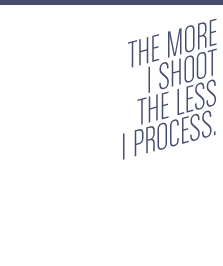 |
|
|||||||
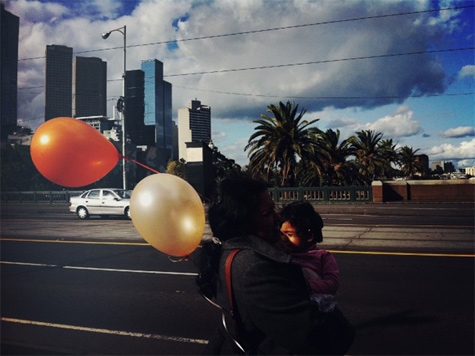 |
||||||||
|
stated: If you had to pick a second or alternate way you’d like people to think of you, what would it be? “Australian photographer?” “Melbourne photographer?” Perhaps “street photographer?” Something else? MISHO BARANOVIC: I approach photography with a “street” ethos. I’m not very narrative driven, preferring to wander and search for images rather than plan out a series. However, I have found myself jumping from conventional, city street images to industrial locations and even rural scenes. So, yes, “street photographer” fits best at the moment. stated: A lot of your recent images are appearing on EyeEm. What are some other key sites and resources for mobile photography? MISHO BARANOVIC: To start, EyeEm is an excellent photo-sharing app, available both on Android and iPhone. It provides a diversity of image styles across different devices. Stephanie and Severin, the EyeEm community managers, run the EyeEm blog very well, posting regular photographer profiles, themed collections, and interactive exhibitions and events. For example, in November they had an outdoor projection show in Berlin of street art images from around the world. The new Mopho app Tumblr blog, run by Anton Kawasaki (a well-regarded member of the mobile photography movement) is providing an informative and critical voice for mobile photography. It is a must read. His recent “2011 Year in Review” and look at the past and present of mobile photography are a fantastic primer to learn about the community. |
||||||||
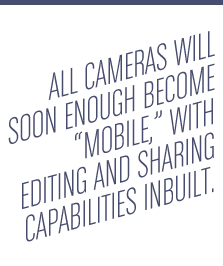 |
||||||||
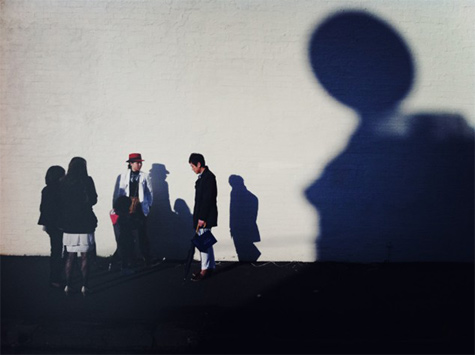 |
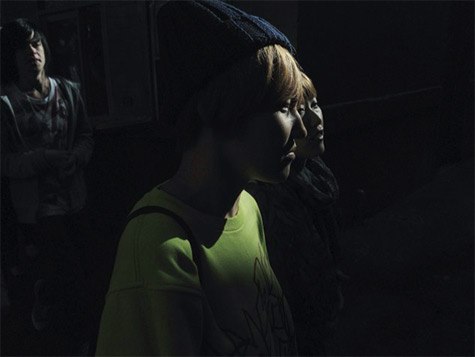 |
|||||||
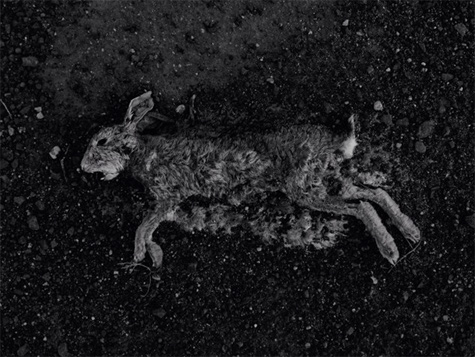 |
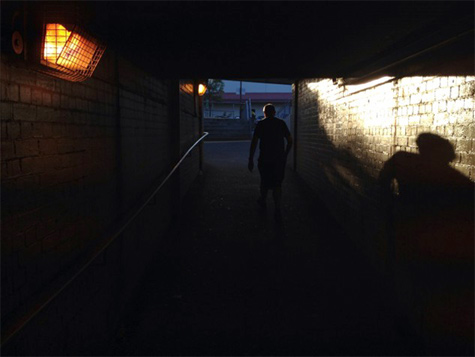 |
|||||||
|
stated: How do you go about making pictures? For example, do you make time each day to go out and shoot? MISHO BARANOVIC: I try and shoot whenever I can—a lunch break, walking to work. I set aside a couple of hours once a week to head out and shoot. I either wander into the city or drive out to an outer suburb. As it is summer now, I wait until the late afternoon; I walk a regular route through the city, searching for interesting light and characters. If I’m in the new area, I follow my gut and wander until I’m too far away from the car, upon which I try and find my way back. I’m an obvious shooter; I no longer worry about hiding what I do. I don’t like the distraction of trying to mask my process. I don’t use headphones, no volume snap, no fake phone calls. stated: Once you’ve taken a photo, what do you do in terms of post-processing? MISHO BARANOVIC: Not much. The more I shoot, the less I process. The new iPhone 4S has ridiculously good dynamic range, which has made it easier to expose correctly. I’d say that around 20% of my images are not processed at all, while the rest go through very minimal editing. I only use two apps: ProCamera to take the picture and Snapseed to edit the picture. ProCamera gives me fine grain exposure and focus control, as well as a full-screen shutter and in-built image stability. Snapseed provides an intuitive, quick-fire editing solution. I often only sharpen, adjust contrast and maybe color shift and white balance an image, after which it is shared through EyeEm, Tumblr, Flickr, and Instagram. stated: Is it important for mobile photographers to do all post-processing “in phone?” In other words, is it cheating, in a way, to use Photoshop or other desktop applications? MISHO BARANOVIC: No, not really. I just find it far quicker, as good, and more intuitive to edit in-phone, within the environment that you have taken the image. I’ve lost patience with the Lightroom/Photoshop grind. |
||||||||
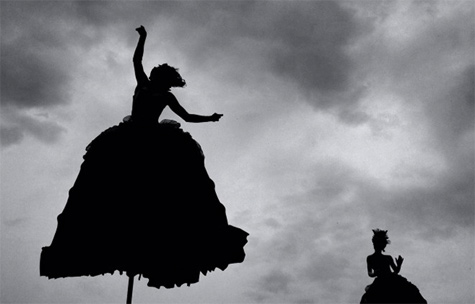 |
||||||||
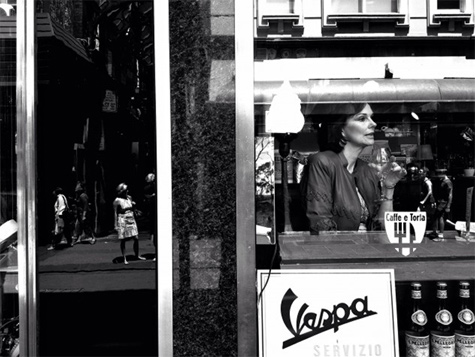 |
||||||||
|
stated: Has mobile photography stopped being a novelty? If so, at what point do you think this happened, and what factors do you think brought about this change? MISHO BARANOVIC: Yes, I think so, but it remains stigmatized, which has to do with the extraordinary quantity of personal images being shared on IG and other social media sites. But I also think the mobile photography community has to shoulder some of the blame. I sometimes feel that the community has remained insular, with limited crossover into conventional photography circles. There are exceptions of course, including Damon Winter, Jeremy Cowart, and Chase Jarvis who use mobile phones as a part of their professional photographic arsenal. If over a quarter of all images are taken on mobiles, than it can no longer be novel—it is photography. Mobile photography exhibitions are popping up all around the world, from London to LA to Jakarta. Yet there remains limited monetary value placed on a mobile image. But even this is changing with the High Museum of Art Atlanta acquiring one of Sion Fullana’s images for its permanent collection. stated: What are your goals for your photography in general and your iPhoneography specifically? |
||||||||
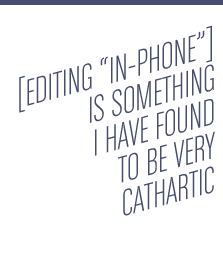 |
|
|||||||
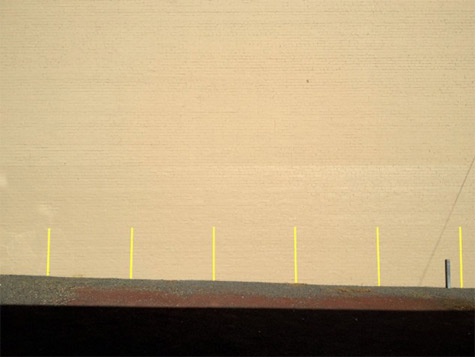 |
||||||||
|
MISHO BARANOVIC: I want to take better pictures. I want to use the technology to better curate and showcase quality photography from around the world. I want to harness the immediacy of the technology to provide more engaging, interactive photographing experiences. I am inspired by the work of both Creative Hive and Stephanie Roberts, who are both using the iPhone’s UI and accessibility to provide innovative community engagement opportunities for those facing social disadvantage in both the developed and developing world. stated: How has your iPhoneography evolved since you first started? MISHO BARANOVIC: I think it is simpler. I think I tried a bit too hard in the first year—too many apps, too much processing, too much imitation, particularly of the old school black and white street shooters. I feel that I am slowly finding my own way. I’m enjoying the process of photography, the selection of images, finding quiet scenes and moments. |
||||||||
|
|
||||||||
|
Visit Misho at: |
||||||||










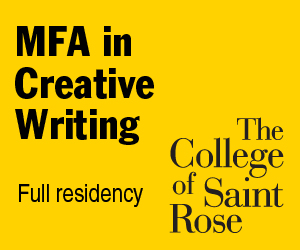
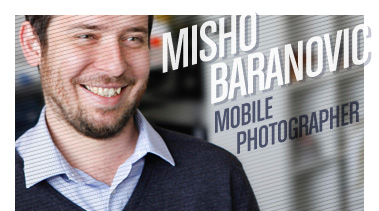
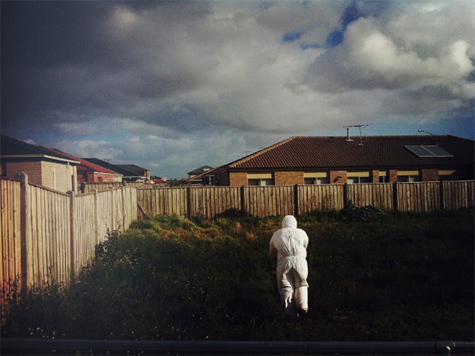
 Thomas V. Hartmann
Thomas V. Hartmann
Reader Comments